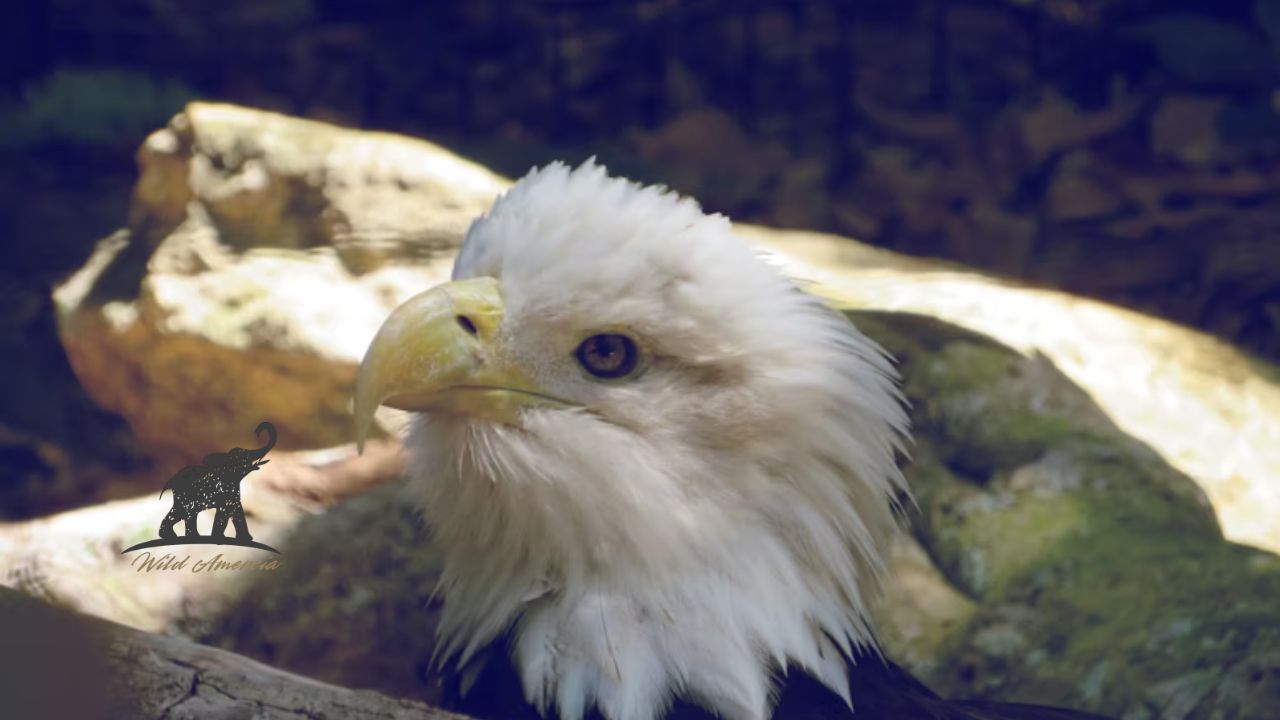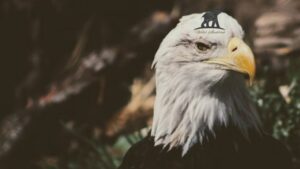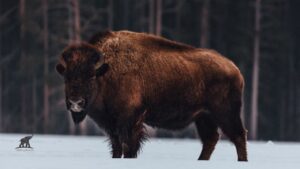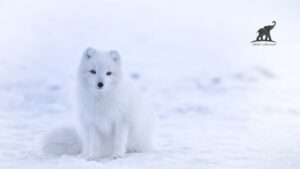The story of the eagle rebirth is one of the most powerful and enduring tales of transformation you’ll ever encounter. It speaks of a painful, solitary journey where an eagle, at mid-life, retreats to a mountaintop to undergo a brutal renewal, emerging stronger and ready for another 30 years of life. This powerful narrative has inspired millions, but it raises a critical question: is this awe-inspiring eagle rebirth a biological fact or a beautiful metaphor?
This article dives deep into the heart of this captivating story. We will explore the origins of the legend, dissect the alleged biological process, and uncover the scientific truth. More importantly, we’ll examine why the story of eagle rebirth continues to resonate so deeply with us, offering profound lessons on resilience, change, and renewal.
The Eagle Rebirth Story at a Glance
| Feature | Description |
| Concept | An eagle at age 40 undergoes a 150-day process of renewal. |
| Alleged Process | Knocks off its beak, plucks out its talons, and removes its feathers. |
| Claimed Outcome | The eagle is “reborn” and lives for another 30 years. |
| Scientific Verdict | A powerful myth; not a biological reality. The eagle rebirth is it true question is definitively answered as no by ornithologists. |
| Symbolic Meaning | Represents courage, renewal, and letting go of the past for a better future. |
The Legendary Tale of the Eagle’s Rebirth
The story, often shared in motivational seminars and religious sermons, is dramatic and deeply moving. It paints a picture of an eagle facing a difficult choice around the age of 40. Its beak has become long and curved, its talons are dull and can no longer grasp prey, and its feathers are thick and heavy, making flight difficult. The eagle has two options: die or endure a painful, 150-day eagle rebirth process.

To begin this transformation, the eagle flies to a remote mountain peak. There, it begins the agonizing process by striking its beak against a rock until it breaks off. After a new beak grows in, the eagle uses it to pluck out its old, ineffective talons. Once new talons emerge, it proceeds to pluck out its heavy, aged feathers. After five months of this brutal trial, the rebirth of an eagle is complete. The eagle, now renewed, takes its famous “flight of rebirth” and is granted another 30 to 40 years of life. This dramatic account of the the rebirth of the eagle has captivated audiences for decades.
This narrative, often accompanied by an eagle rebirth video, has become a cornerstone of motivational speaking. The story of the eagle rebirth serves as a powerful analogy for personal and professional transformation, encouraging people to shed old habits and beliefs to embrace a new, more vibrant future. Many find the idea of an eagle rebirth so inspiring that they get an eagle rebirth tattoo to symbolize their own journey of change.
Deconstructing the Myth: Science vs. Story
While the tale of the eagle rebirth is incredibly inspiring, scientific evidence and expert opinion from ornithologists (biologists who study birds) tell a very different story. Let’s break down why the eagle rebirth is a myth, not a biological fact.
The Beak: A Vital and Permanent Tool
The idea that an eagle would intentionally break its own beak is the most significant flaw in the legend. An eagle’s beak, made of a bony core covered by a layer of keratin, is a crucial tool for survival. It’s used for killing prey, tearing meat, and preening feathers.
- Fatal Injury: Breaking its beak would be a fatal act. The eagle would starve to death or succumb to infection long before a new one could grow.
- Continuous Growth: Like human fingernails, an eagle’s beak grows continuously throughout its life. It is kept sharp and at the proper length through daily use—tearing food, rubbing against rocks, and preening. An overgrown beak is a sign of illness or injury, not old age. The eagle rebirth beak part of the story is biologically impossible.
The Talons: Essential for Hunting
Similarly, an eagle’s talons are its primary weapons for hunting. Plucking them out would leave the bird defenseless and unable to catch food. While a lost talon can sometimes regrow, the process is slow and uncertain. Intentionally removing all of them would be an act of self-destruction. The eagle during rebirth would be completely vulnerable.
Feathers: The Molting Process
The part of the story about plucking out feathers comes closest to reality, but it misrepresents a natural process called molting. All birds, including eagles, molt their feathers. However, this is a gradual and systematic process, not a painful, one-time event.
- Symmetrical Loss: Eagles lose their flight feathers in a balanced pattern, one or two at a time from each side. This ensures they can still fly and hunt while their new feathers grow in. The idea of an eagle becoming flightless for months is inaccurate.
- Annual Cycle: Molting is a regular, often annual, cycle. It is not a dramatic, mid-life event. Therefore, the 40 year old eagle rebirth concept doesn’t align with the natural molting cycle.
The Verdict from Experts
Credible sources have repeatedly debunked the eagle rebirth myth. Organizations like the National Geographic Society and fact-checking websites like Snopes have thoroughly investigated the claim. Their conclusion is unanimous: the story is a powerful piece of folklore, but it has no basis in scientific fact. There is no eagle rebirth National Geographic documentary that supports the legend; in fact, their resources clarify the real life cycle of eagles. The question “is eagle rebirth real?” is met with a firm “no” from the scientific community. The tale is a complete eagle rebirth hoax.
The Power of the Metaphor: Lessons from the Myth
If the eagle rebirth story isn’t true, why does it remain so popular? The answer lies in its profound symbolic power. The story is not about ornithology; it’s about the human condition. It’s a metaphor for the painful yet necessary process of personal growth and transformation.
Letting Go of the Past
The old beak, talons, and feathers represent the outdated beliefs, bad habits, and past pains that hold us back. The story teaches us that to move forward and achieve a personal rebirth of an eagle, we must have the courage to let go of what no longer serves us, even if the process is difficult and painful. This motivational rebirth of an eagle concept resonates deeply in self-help and leadership circles.
Embracing Solitude and Reflection
The eagle’s retreat to a mountaintop symbolizes the need for introspection. True change often requires us to step away from the noise of daily life, reflect on who we are, and make conscious decisions about who we want to become. This period of isolation is not about punishment but about preparation for a new beginning, a core part of the rebirth of eagles.
The Promise of Renewal
The ultimate message of the eagle’s rebirth is one of hope. It tells us that no matter how old we are or what challenges we face, it is never too late to change. We can emerge from our struggles stronger, renewed, and ready to soar to new heights. This powerful message is why the eagle rebirth quotes are so widely shared. The christian lesson from rebirth of the eagle is often used in sermons to illustrate faith and renewal.
The story serves as a powerful allegory for anyone facing a mid-life crisis, a career change, or a deep personal struggle. It’s a reminder that painful endings can lead to beautiful new beginnings. The rebirth of the eagle story provides a framework for understanding and navigating life’s most difficult transitions.
The Real-Life Cycle of an Eagle
While the eagle rebirth is a myth, the actual life of an eagle is no less magnificent. Eagles, particularly the American bald eagle, are majestic birds of prey known for their strength and longevity.
A bald eagle in the wild has an average lifespan of 20-30 years. In the protected environment of captivity, they can live much longer, sometimes over 50 years. They do not undergo a dramatic mid-life transformation. Instead, their lives are a testament to resilience and adaptation.
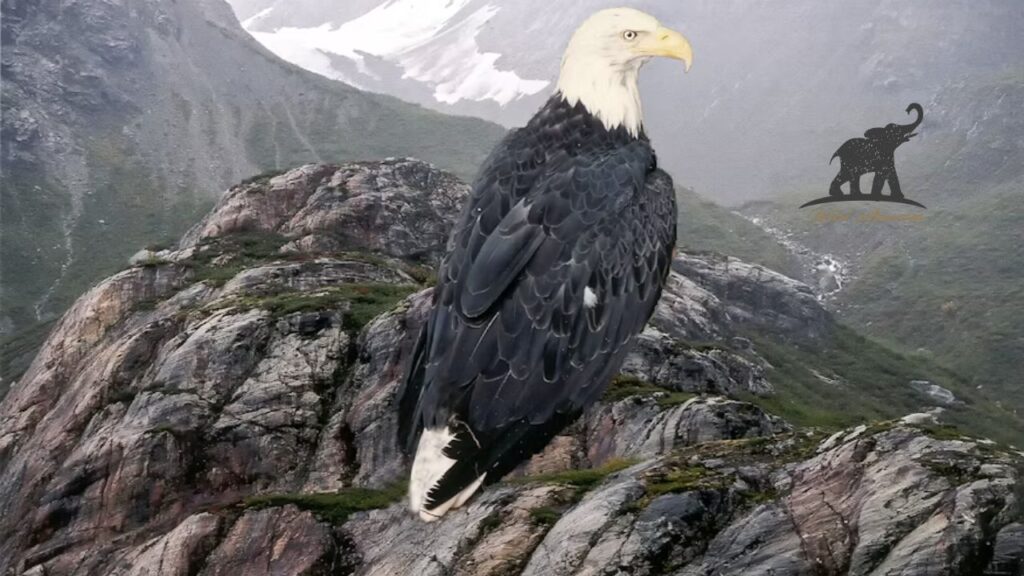
From the moment they hatch, eagles face a fight for survival. They learn to fly, hunt, and defend their territory. They form strong pair bonds, often mating for life, and work together to raise their young. The bald eagle rebirth story is a myth, but the true story of its life, from fledgling to mature hunter, is a powerful drama in its own right. The survival of the American bald eagle from the brink of extinction is a true rebirth of the American bald eagle—a conservation success story.
Eagle Rebirth in Modern Culture
The myth has permeated various aspects of modern culture, from business leadership to sports.
Eagle McMahon and Disc Golf
In the world of professional disc golf, the eagle rebirth theme has been linked to player Eagle McMahon. After an injury, his return to the sport was metaphorically framed as a rebirth. Innova Discs even released discs like the Eagle McMahon Rebirth Envy, and other brands have produced the Eagle Rebirth Driver, tapping into this powerful narrative of comeback and renewal. This eagle rebirth golf connection shows the myth’s wide appeal.
Tattoos and Art
The eagle rebirth tattoo is a popular choice for individuals who have overcome significant adversity. The imagery of an eagle shedding its old self for a new one is a potent symbol of personal victory. You can find countless eagle rebirth images online, each depicting a unique artistic interpretation of the transformative journey.
Conclusion: A Truth Beyond Facts
In the end, whether the eagle rebirth is real or not is almost beside the point. Its power does not come from biological accuracy but from its deep metaphorical truth. The story holds a mirror up to our own lives, asking us if we have the courage to undergo our own rebirth of an eagle.
It challenges us to identify the “old beaks” and “dull talons” in our lives—the things weighing us down and preventing us from reaching our full potential. It encourages us to embrace the painful but necessary process of change, to retreat, reflect, and emerge renewed.
The rebirth of the eagle is a legend, a powerful piece of folklore that has been passed down because it speaks to a universal human experience: the desire for a second chance. While you won’t find this process in any biology textbook, you will find its truth in the hearts of anyone who has ever dared to reinvent themselves. The eagle rebirth isn’t about a bird; it’s about the resilient, transformative spirit that lies within us all.
Frequently Asked Questions (FAQs)
Is the eagle rebirth story true?
No, the story of the eagle rebirth is a myth, not a biological fact. Ornithologists and scientific experts confirm that eagles do not break their beaks or pluck their talons to be reborn. An act like that would be fatal.
So, do eagles go through a rebirth process at all?
No, eagles do not go through a singular, dramatic rebirth process as described in the story. They do, however, go through a natural, gradual process called molting, where they shed and regrow their feathers over time without losing their ability to fly or hunt.
What is the real lifespan of an eagle?
In the wild, most eagles live for about 20 to 30 years. Their lifespan is determined by factors like food availability, environmental hazards, and health. The idea of an eagle 150 days rebirth extending its life to 70 years is purely fictional.
Why is the eagle rebirth myth so popular?
The myth is popular because it serves as a powerful metaphor for personal transformation, resilience, and hope. It resonates with people facing major life changes, offering an inspiring narrative about shedding the past to embrace a new future.
What does an eagle rebirth tattoo symbolize?
An eagle rebirth tattoo typically symbolizes a person’s journey through significant hardship and their subsequent renewal. It represents overcoming adversity, personal growth, strength, and starting a new chapter in life. It’s a permanent reminder of one’s own rebirth of an eagle.
Admin Recommendation
Cottonmouth Snakes in North Carolina (NC): Key Facts
The Fascinating World of Arctic Fox Fur

